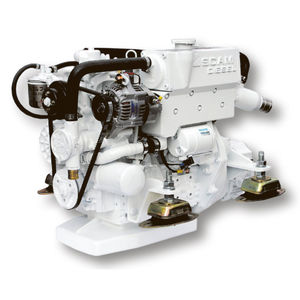
They can be easily attached and detached, allowing for portability and convenience. Outboard motors are highly versatile and used in a variety of settings.

They consist of a combustion engine, a gearbox, and a propeller. Outboard motors are mounted externally on the stern or transom of the boat. Outboard motorĪn outboard motor is a self-contained propulsion system commonly used in small to medium-sized boats. Since it is located inside the hull, it is protected against damage from underwater obstacles and the elements. They can be controlled from the boat’s helm through a system of levers, cables, or electronic controls, allowing for precise maneuverability. These motors offer advantages such as increased fuel efficiency, better weight distribution, and reduced noise compared to outboard motors. The inboard motor is often positioned in the center or rear of the boat, providing stability and balance. Unlike an outboard motor, an inboard motor does not steer the boat. It typically consists of an internal combustion engine connected to a drive shaft, which transfers power to a propeller located outside the hull. Inboard motorĪn inboard motor, also known as an inboard engine, is mounted within the hull of a watercraft, usually on vessels over 26 feet long.

Let’s take a look at the four major types of boat engines, and how best to use them. A motor that is not powerful enough for your boat will work too hard, and a motor that is too powerful could lead to dangerously high speeds. It is important to choose the right type of propulsion system for your boat, as the weight and horsepower of the engine will affect boat performance. Boat engines come in various shapes and sizes, but there are only four main types: inboard, outboard, sterndrive and jet drive.


 0 kommentar(er)
0 kommentar(er)
